Services
Success Without Surgery Or Drugs in meridian
Sirucek Chiropractic Neurology Clinic is the only clinic in Idaho of its kind. The doctors have combined chiropractic and medical credentials to provide the best non-surgical spine care available anywhere in the world.
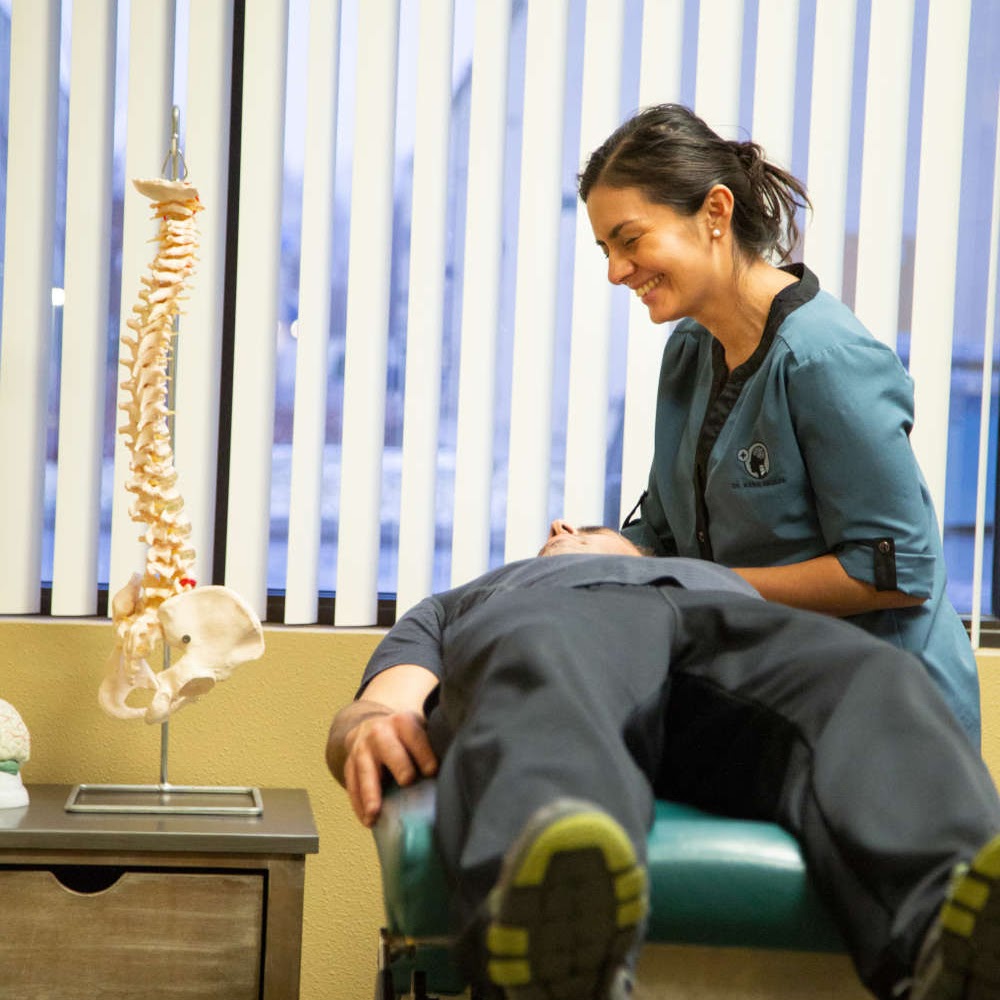
CHIROPRACTIC ADJUSTMENTS IN MERIDIAN
In short, chiropractic adjustments improve joint mobility, reduce muscle spasms, reduce pain and inflammation, and promote the firing of nerves which help reduce pain and help improve nervous system function. When performed by a trained physician on a person that has been properly examined, chiropractic adjustments are one of the safest treatments in all of health care.
When performed by a trained physician on a person that has been properly examined, chiropractic adjustments are one of the safest treatments in all of health care.
SPINE FORCE 3D REHABILIATION IN MERIDIAN
When it comes to spinal strengthening, one of the most important things to understand is that your spine is the anchor for your arms and legs. For example the muscles of your shoulder pull on your scapula when they contract. Your scapula in turn contracts muscles that attach to your spine so that it can stabilize the shoulder movement that is taking place. In your legs, your hamstrings and quadriceps muscle groups attach to your pelvis which is part of your axial skeleton/spinal column.
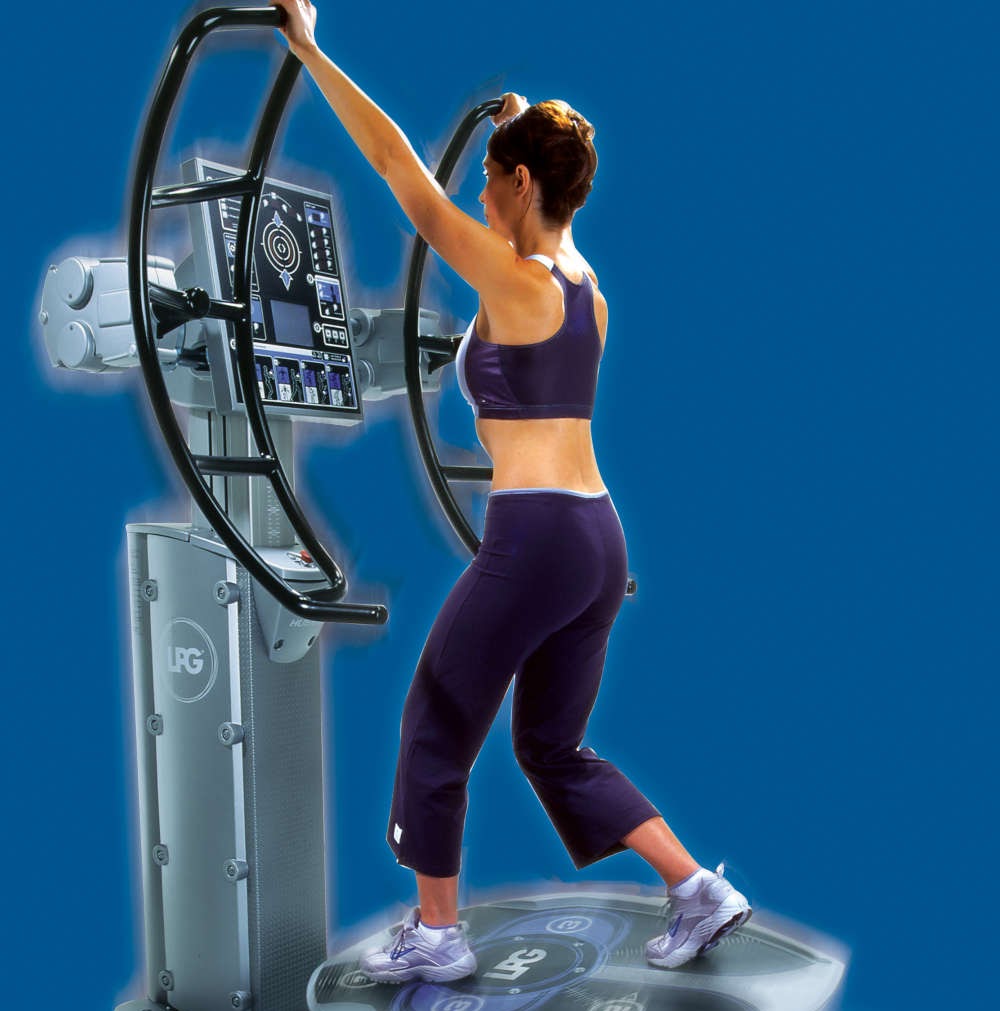
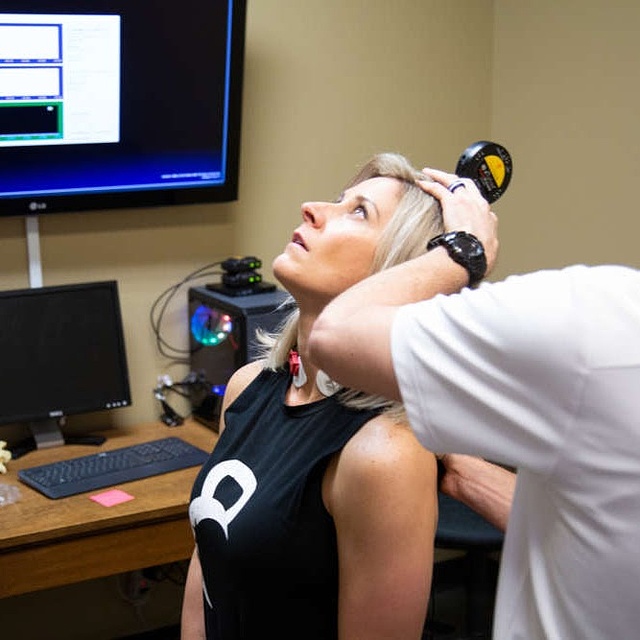
DYNAMIC RANGE OF MOTION ASSESSMENT IN MERIDIAN
With DynaROM testing we can objectively test the patient’s range of motion and measure the muscle activity while they are going through that range of motion. In other words, we get to see what your muscles are doing in real time! This has changed the world of range of motion testing.
LASER THERAPY IN MERIDIAN
The EVRL (Erchonia Violet/Red Laser) is a game changer in laser therapy. Erchonia is the world leader in low-level-laser technology. Having two lasers combined in a handheld device allows us to treat a broader range of conditions.
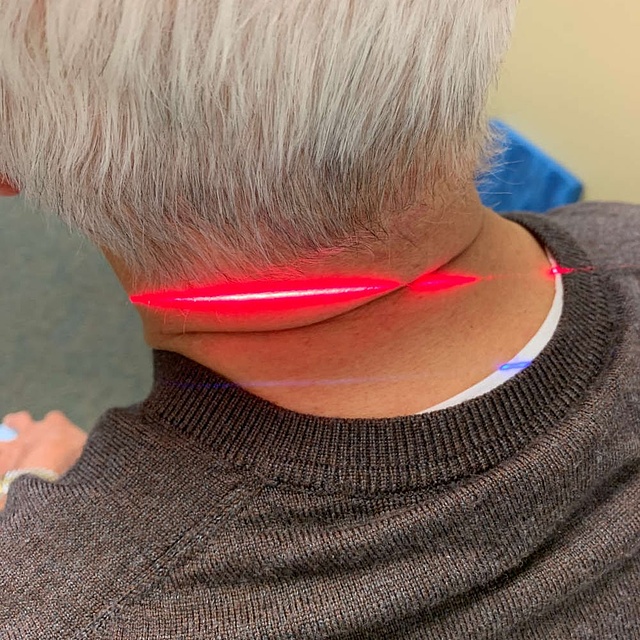
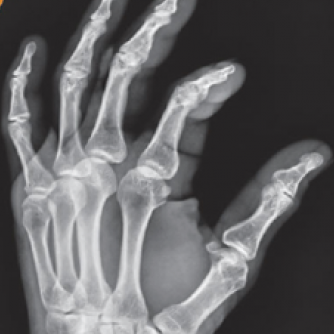
IMAGING IN MERIDIAN
At Sirucek Chiropractic Neurology Clinic we know the importance of imaging. We have full digital x-ray capabilities in our office should x-rays be necessary. We have performed rotations in the local hospitals with neuroradiologists and trained under a neuroradiologist from Harvard Medical School.
We have multiple imaging centers we can refer to should an MRI, CT, or other advanced imaging be needed. In most cases we will receive your images the same day they are performed and will gladly review them with you on our flat screen TV.
NUTRITIONAL COUNSELING IN MERIDIAN
The doctors at Sirucek Chiropractic Neurology Clinic can help you decide which nutritional products are the safest and most effective for your condition. We carry a large assortment of brands including Thorne, Standard Process, Nutri-West, and others. We also carry a line of THC free CBD pain relief products.
So whether you’re looking for foundational nutritional supplements, immune support, anti-inflammatories, joint support, pain relief, or weight loss we can help you find the right products and make sure you’re taking the correct dosages.

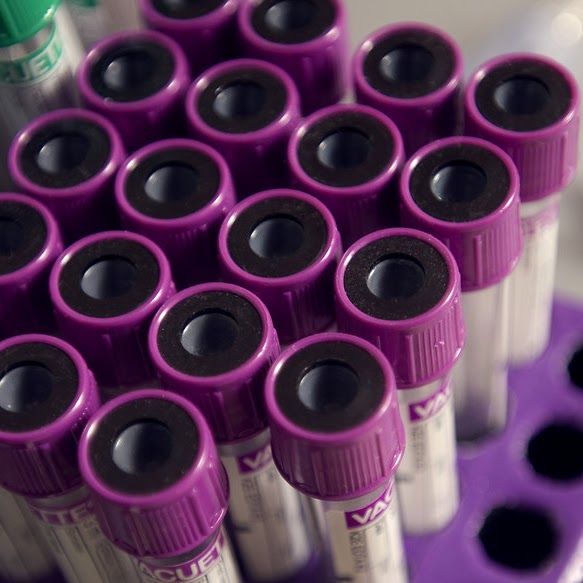
LABORATORY TESTING IN MERIDIAN
At Sirucek Chiropractic Neurology Clinic the doctors are trained to handle and treat many common health conditions. Part of screening, diagnosing, and managing these conditions is laboratory testing. This may include blood withdrawals, urinalysis, or other tissue samples. Your physician at Sirucek Chiropractic Neurology Clinic will refer you to the appropriate clinic and will review your results as soon as they are available. Depending on your results we will help assure the safest, most effective, and most natural solutions are attempted first prior to more aggressive invasive options.
NEUROLOGIC REHABILITATION IN MERIDIAN
Functional neurology training is focused on diagnosis, treatment, and management of neurologic conditions. The only difference is that treatment is through exercises and special therapies to target and correct the injured areas of the nervous system. No prescription medications are used.
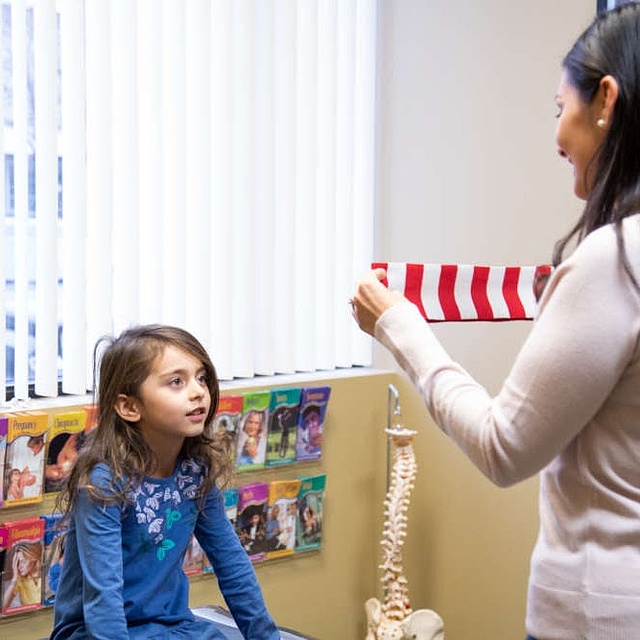
5/5
What People Are Saying...
The below reviews are a combination of in office reviews provided in writing and online reviews.
Where do I start? I had neck pain, mid back pain, lower back pain, dizziness, and numbness and pain down one leg. At 36 this was unacceptable! Regular visits with Dr. Dax have relieved all of my symptoms and I can sure tell when its time for my next visit. Relief is lasting progressively longer and I feel great!
Heather R.
If you are a first time visitor you need to read this!! This has been my first experience with chiropractic care and I am pleased with the results. I was involved in an accident and it was not easy and I was in pain and discomfort all the time. What Dr. Sirucek has done for me has impacted my everyday life. I will recommend Dr. Sirucek to anyone I know.
Ivan C.
Dr. Sirucek has been a very positive experience for me! My pain level has gone from a 6 to a 3. I'm very happy that I came here. I would recommend anyone with pain to experience the relief that I received.
John M.
Dr. Sirucek has helped me so much. His knowledge of how to help reduce pain is amazing. I have had incredible results in a very short time.
Lori A.
These two have been helping my family for years. I am getting great help from car crash injuries, my wife with multiple scenarios and my kids for wellness. I can't say enough about their knowledge, skill, services, and character. Thanks Dr. Dax and Dr. Maria!
Greg S.
I have spondylolisthesis and Dr. Dax has helped me get through some of the rough days! I get at least some relief coming here where I was getting none at the physical therapist. Highly recommend him to everyone I know! Affordable and friendly!
Nichole C.
I had been having headaches pretty much constantly for YEARS. It was so common I didn't even think about how much of a problem it could be. Dr. Dax has been adjusting me for almost 6 months, 1 month in I woke up and started crying because I was pain free for the first time in such a long time. I would recommend Sirucek Chiropractic to anyone.
Diamond S.
Previous
Next